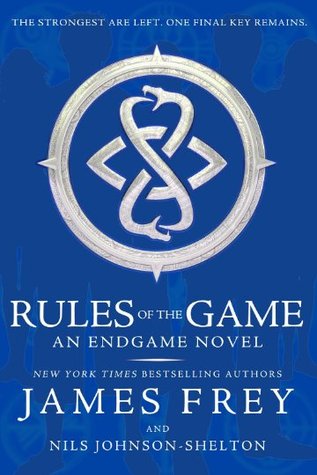A Meeting at Corvallis, S.M. Stirling, 497 pages, audiobook length 23:07:05
On March 17, 1998, at 6:15 EST, all advanced technology in the world stopped working – nuclear power, gunpowder, electricity, internal combustion engines, steam engines, all mysteriously dead, causing mass chaos and death from starvation and disease. In
Dies the Fire, the first book in the Emberverse series, the Pacific Northwest began to reform into several new nations – the Bearkillers, led by the Bearlord Mike Havel, the Clan Mackenzie, led by the Witch Queen Juniper Mackenzie, and the Portland Protective Association, led by the tyrannical Lord Protector Norman Arminger. Ten years later, things have stabilized – the cannibal Eaters have mostly been wiped out, and there are no more mass dyings, but the nations are at each other’s throats. Arminger threatens the uneasy peace, and only the capture of his daughter has kept him at bay – but for how long?
Stirling’s exploration of how ordinary people react to extraordinary times is both charming and chilling in turn – the Clan Mackenzie, for example, is a neopagan utopia, where the folk live in harmony with the land and each other, whereas the Protectorate is a feudal dictatorship characterized by mistreatment and exploitation of the serfs who farm the lands. It’s difficult to tell if Stirling sees feudalism as inevitable and advantageous or merely a simple way of decentralizing government in an era without high-speed travel or communication, and in the long run the series probably suffers for this confusion – there is a strong running theme of the importance of a powerful leader to the development and improvement of a society. The books make an effort at diversity (one major and several supporting characters are gay, and there are a couple people of color, as well as a good number of powerful women), and as such probably deserves the tag of "diverse reads", but they aren’t always written with the care and tact one would hope for, something that unfortunately gets much worse as the series progresses onwards from this point.
It’s difficult to know whether to recommend this book. The concept of ancient technologies re-engineered with modern sensibilities is certainly fascinating, especially to this blogger – Arminger especially is often hampered by his devotion to purely historical methods, ignoring advances in engineering and social structuring even when they would benefit him, and the Bearkillers blend old and new with startling effect – but the frequent graphic violence (and in
Dies the Fire, sexual violence) and mishandling of diversity issues certainly bear considering before starting this series.
 "In this haunting and surreal novel, the narrator and a man known as the warden search for an elusive girl in a frozen, seemingly post-nuclear, apocalyptic landscape. The country has been invaded and is being governed by a secret organization. There is destruction everywhere; great walls of ice overrun the world. Together with the narrator, the reader is swept into a hallucinatory quest for this strange and fragile creature with albino hair. Acclaimed upon its 1967 publication as the best science fiction book of the year, this extraordinary and innovative novel has subsequently been recognized as a major work of literature in its own right." Summary courtesy of Goodreads
"In this haunting and surreal novel, the narrator and a man known as the warden search for an elusive girl in a frozen, seemingly post-nuclear, apocalyptic landscape. The country has been invaded and is being governed by a secret organization. There is destruction everywhere; great walls of ice overrun the world. Together with the narrator, the reader is swept into a hallucinatory quest for this strange and fragile creature with albino hair. Acclaimed upon its 1967 publication as the best science fiction book of the year, this extraordinary and innovative novel has subsequently been recognized as a major work of literature in its own right." Summary courtesy of Goodreads










